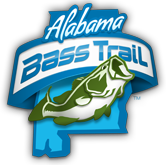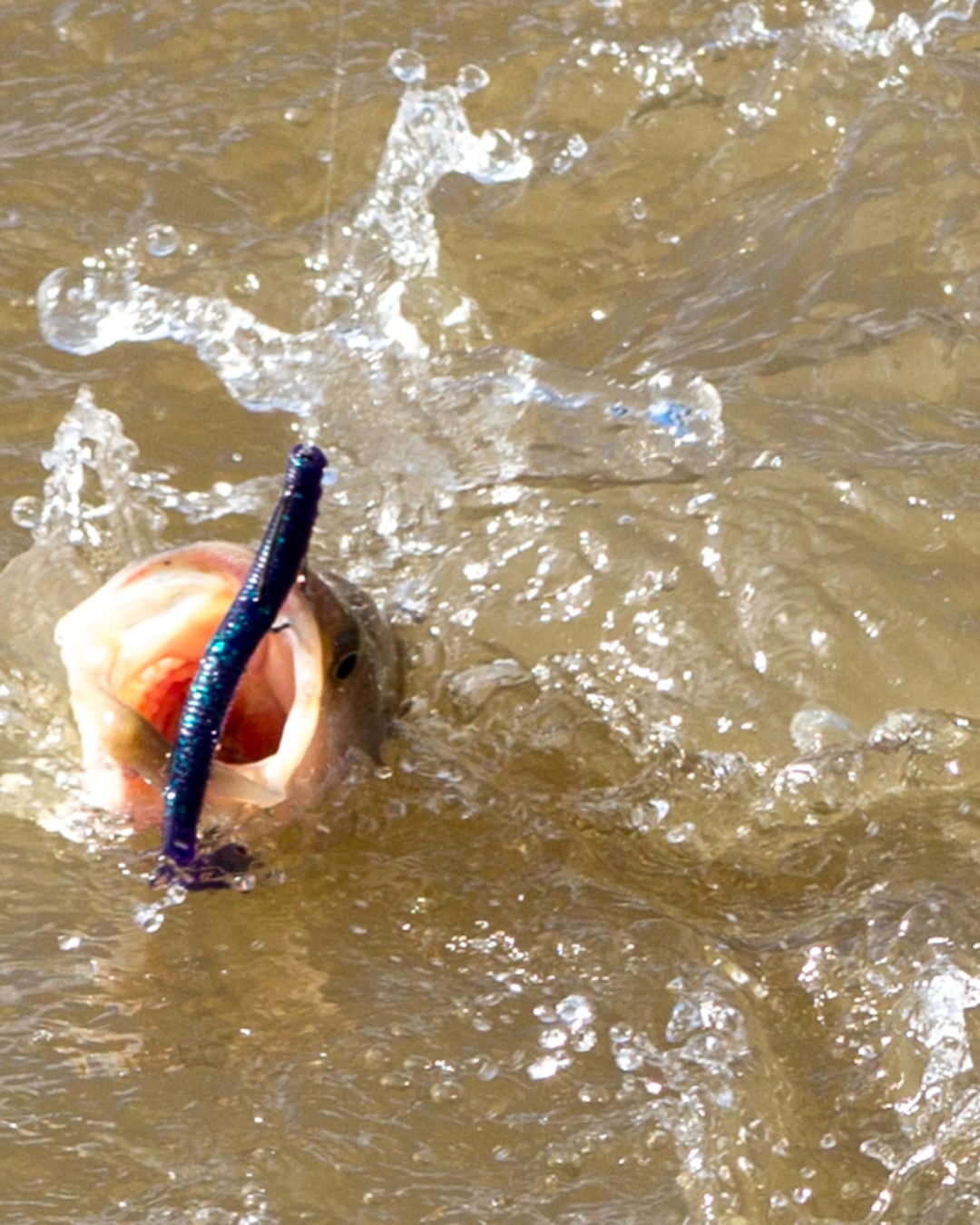Spawning season means big bass and different lures.
Warmer weather, milder water temperatures and a lot of sunshine. That’s what springtime looks like in Alabama. The bass have been moving slow all winter and now it’s time for them to look for food.
During late winter and early spring, considered pre-spawn season for bass, these fish will devour almost anything they can catch. Water temperatures play a big role in exactly when this occurs: Spikes in temperatures can bring an early spawn, while severe dips in temperatures can delay the season. In this pre-spawn time, bass are looking to fatten up and prepare for the journey to shallow waters to lay their eggs. Bass typically will look for a food source high in protein, such as lake crawfish. Several lures may be used successfully during this time, but those that will move and show characteristics similar to crawfish will attract the larger bass to your line.
The next phase of this season is known as the spawn. During this time the bass make their way to the shallow, warmer waters of the lakes to lay their eggs. In this phase that typically lasts 10-14 days, the bass are aggressive and will attack anything considered a threat to their nests. For this brief season, anglers will want to use a lure that mimics smaller bottom-feeders so as to encourage the bass to attack the bait. Remember, they are more interested in protecting their nests at this time than feeding.
The last phase of this natural cycle is called the post-spawn. The male and female bass separate, leaving the males to defend the newly hatched bass while the females travel to deeper water to rest and eat. The males defending the young fish will be found in shallow waters. It’s best to use top-water baits that splash or make loud noises. This triggers the adult male bass to protect their young by attacking the bait. To catch female bass, stay in deeper water and use a slow-moving bait. They do not have much energy, but they are very hungry and will swim slowly to your lure.
Typically, weather on the Alabama Bass Trail will fluctuate in early to mid-March, then temperatures will continue to rise during April and May. After spawning season, the bass become the predator of the lake and normal lures can be used to reel in the big ones.



Leave A Comment